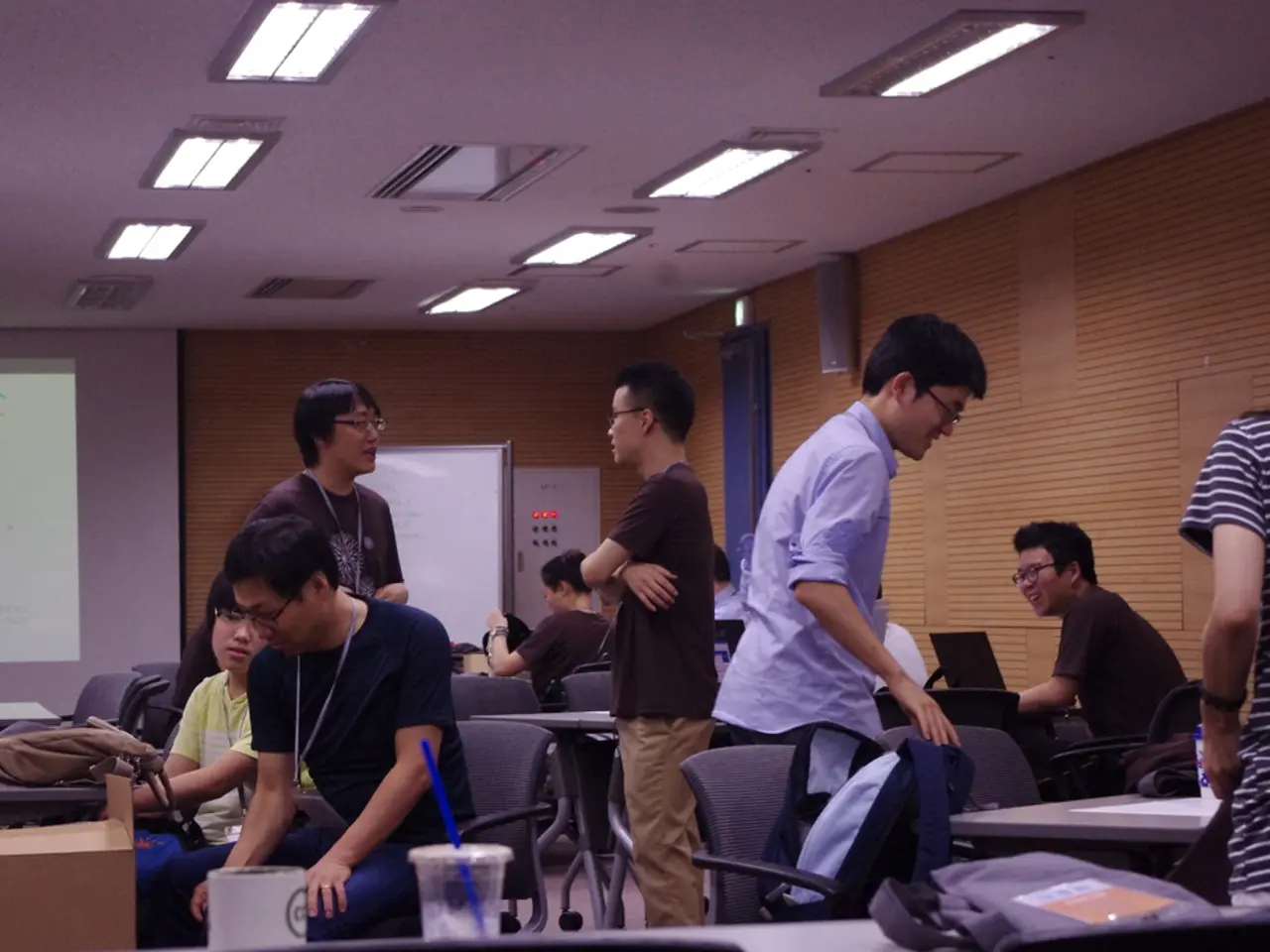Educational Approach: Key Insights for Instructors on Challenge-Based Learning
In the ever-evolving landscape of education, Digital Promise's approach to challenge-based learning is inspiring a new generation of learners to tackle real-world problems and develop essential skills for future success.
Launched in 2021, the Ciena Solutions Challenge, an initiative by Digital Promise, invited middle and high school students from around the world to design solutions for the United Nations Sustainable Development Goals. The competition, now in its second year, has already seen 62 school teams from across 20 countries awarded cash prizes for their innovative projects.
Challenge-based learning is a form of collaborative and project-based learning that involves students solving real-world issues. This approach is effective in engaging students, allowing them to approach problems in their own way, and is particularly appealing to current students because it addresses issues of real-world importance.
Digital Promise's strategy leverages authentic, collaborative challenges to inspire students to think critically, work effectively in teams, and engage deeply with both academic content and community issues. Key features of this approach include collaborative problem-solving, student choice and engagement, connection to core learning, and the promotion of higher achievement.
In practice, challenge-based learning promotes deep learning by encouraging students to analyse, synthesize, and apply knowledge in varied contexts. It fosters teamwork through collaborative projects, often requiring negotiation, division of labor, and peer learning. Moreover, it focuses on issues that affect students’ own communities, making learning purposeful and motivating.
Digital Promise enhances challenge-based learning by integrating elements such as computational thinking into core subjects, deepening students’ problem-solving ability and supporting the development of critical thinking skills beyond STEM contexts. Their participatory design with educators ensures that resources and routines are meaningful and responsive to classroom realities.
This generation of students is super aware of the world around them and wants to contribute to solutions to the problems they see. Challenge-based learning provides an excellent platform for students to showcase their capabilities and demonstrate how they want to contribute. In rural districts where access to healthcare is an issue, for example, challenge-based learning can involve using AI to streamline access to healthcare resources.
Winning projects in the Ciena Solutions Challenge have ranged from promoting sustainability and AI literacy to empowering women and making schools drug-free. This demonstrates the potential of challenge-based learning to raise the bar on student achievement overall. A well-designed challenge has a broad learning destination in mind but no specific route to get there, allowing students to take ownership of their learning process.
In conclusion, Digital Promise's challenge-based learning strategy offers a fresh and engaging approach to education. By taking advantage of the motivation students have and funneling their energies to help them develop skills like teamwork and problem-solving, it prepares them for lifelong learning and active citizenship.
- The student participants in the Ciena Solutions Challenge, initiated by Digital Promise, are learning how to solve real-world problems and develop important skills for their future, as part of a challenge-based learning approach.
- Digital Promise's strategy for challenge-based learning involves integrating elements like computational thinking into core subjects, helping students deepen their problem-solving ability and develop critical thinking skills beyond STEM contexts.
- In rural districts where access to healthcare is an issue, challenge-based learning can involve using AI to streamline access to healthcare resources, demonstrating the versatility of this learning approach in addressing issues relevant to students.
- The winning projects in the Ciena Solutions Challenge, such as promoting sustainability, AI literacy, empowering women, and making schools drug-free, showcase the potential of challenge-based learning to raise the bar on student achievement overall.




